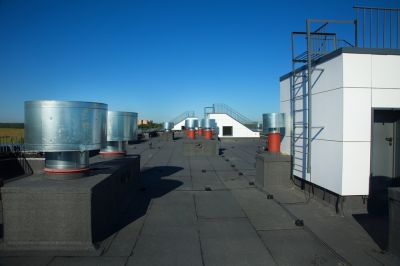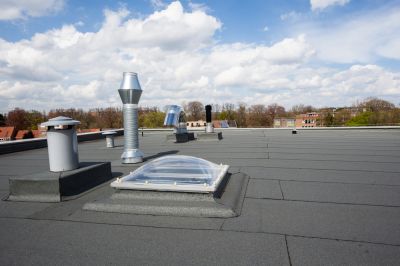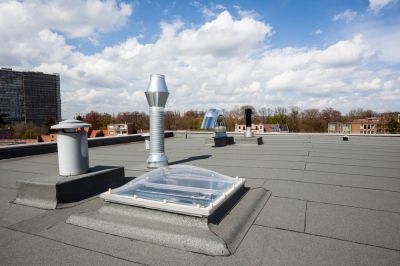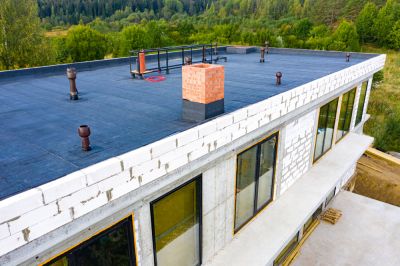- Cost-Effective Roofing Option
- Easy Access and Maintenance
- Utilization of Space
- Energy Efficiency
- Modern and Minimalist Aesthetics
Cost-Effective Roofing Option
Flat roofing is often considered a cost-effective choice due to its simple design and efficient use of materials. Installation and maintenance costs are generally lower compared to more complex roofing styles.
Easy Access and Maintenance
Flat roofs provide easy access for maintenance and repairs. This accessibility can reduce labor costs and make it simpler to address any issues, such as leaks or damage, as they arise.
Utilization of Space
Flat roofs offer the opportunity to utilize the roof space for various purposes. Homeowners can create rooftop gardens, install solar panels, or even add an outdoor living area, making the most of their property.
Energy Efficiency
Flat roofs can be designed with energy efficiency in mind. They allow for the installation of cool roofing materials or reflective coatings, which can help regulate indoor temperatures and reduce energy consumption.
Modern and Minimalist Aesthetics
Flat roofs offer a sleek and modern aesthetic that complements contemporary architectural designs. They provide a minimalist appearance that can enhance the overall look of a building.
Frequently Asked Questions
1. Are flat roofs suitable for all types of buildings?
Flat roofs are versatile and can be used in various building types, including residential, commercial, and industrial structures. However, the suitability may depend on factors like climate and local building codes.
2. How often should I have my flat roof inspected?
Regular inspections are crucial for flat roofs. It's recommended to have your flat roof inspected at least twice a year, typically in the spring and fall, to catch and address any potential issues early.
3. Can I install solar panels on a flat roof?
Yes, flat roofs are an excellent choice for solar panel installations due to their flat and accessible surface. Solar panels can be easily mounted on flat roofing systems to harness renewable energy.
4. Are there drainage concerns with flat roofs?
Flat roofs are designed with a slight slope to facilitate water drainage. Proper drainage systems, such as scuppers and internal drains, are installed to prevent water pooling and ensure efficient runoff.
5. What are the typical materials used for flat roofing?
Common materials for flat roofing include built-up roofing (BUR), modified bitumen, EPDM rubber, PVC, and TPO. The choice of material depends on factors like budget, climate, and desired longevity.







